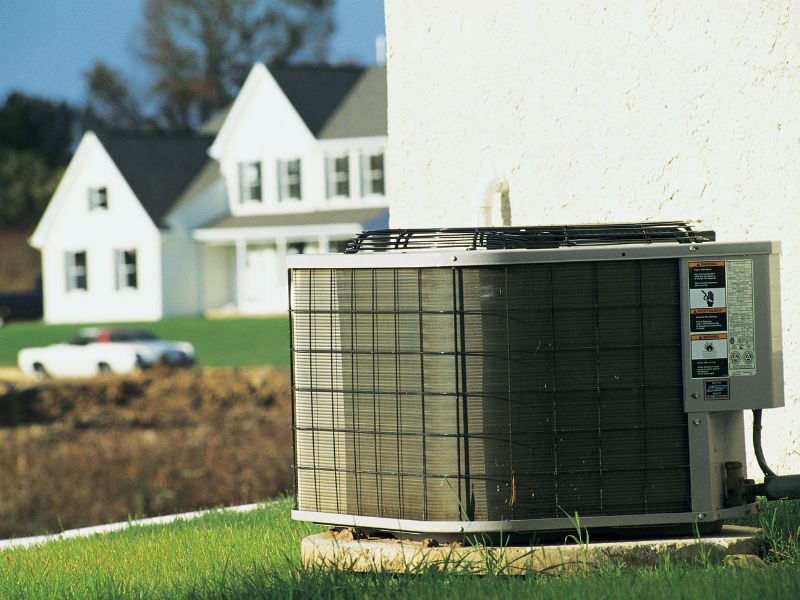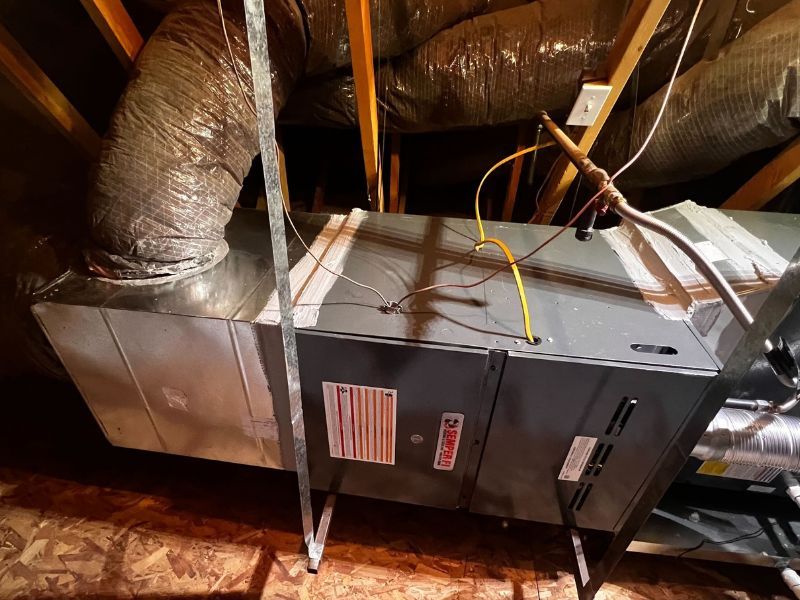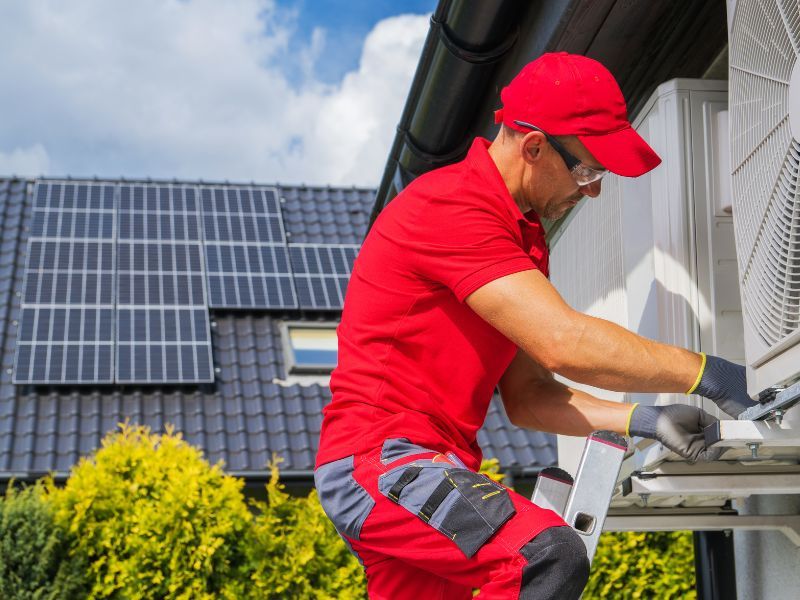What Is Load Balancing?
In the context of HVAC (Heating, Ventilation, and Air Conditioning) systems, load balancing refers to the equitable distribution of heating or cooling output across different zones or areas within a building.
The goal of load balancing in HVAC is to ensure that each zone receives the appropriate amount of conditioned air or heat to maintain the desired indoor temperature and comfort level.
People Also Ask About Load Balancing
Why is load balancing important in HVAC systems?
Load balancing is crucial to prevent temperature variations and discomfort within different zones of a building. It optimizes energy usage by distributing heating or cooling resources efficiently and helps maintain a consistent, comfortable environment for occupants.
What benefits does load balancing offer?
Load balancing enhances energy efficiency by preventing overuse of HVAC equipment, minimizes hot or cold spots, and improves occupant comfort. It’s a crucial aspect of modern HVAC design to achieve efficient and effective temperature control.
Can load balancing be automated in HVAC systems?
Yes, modern HVAC systems often incorporate automation and smart controls for load balancing. Sensors, occupancy detectors, and advanced control algorithms adjust the system in real-time, ensuring optimal performance and comfort while minimizing manual intervention.
HVAC System Cost & HVAC Reviews
Related Pages
Categories


